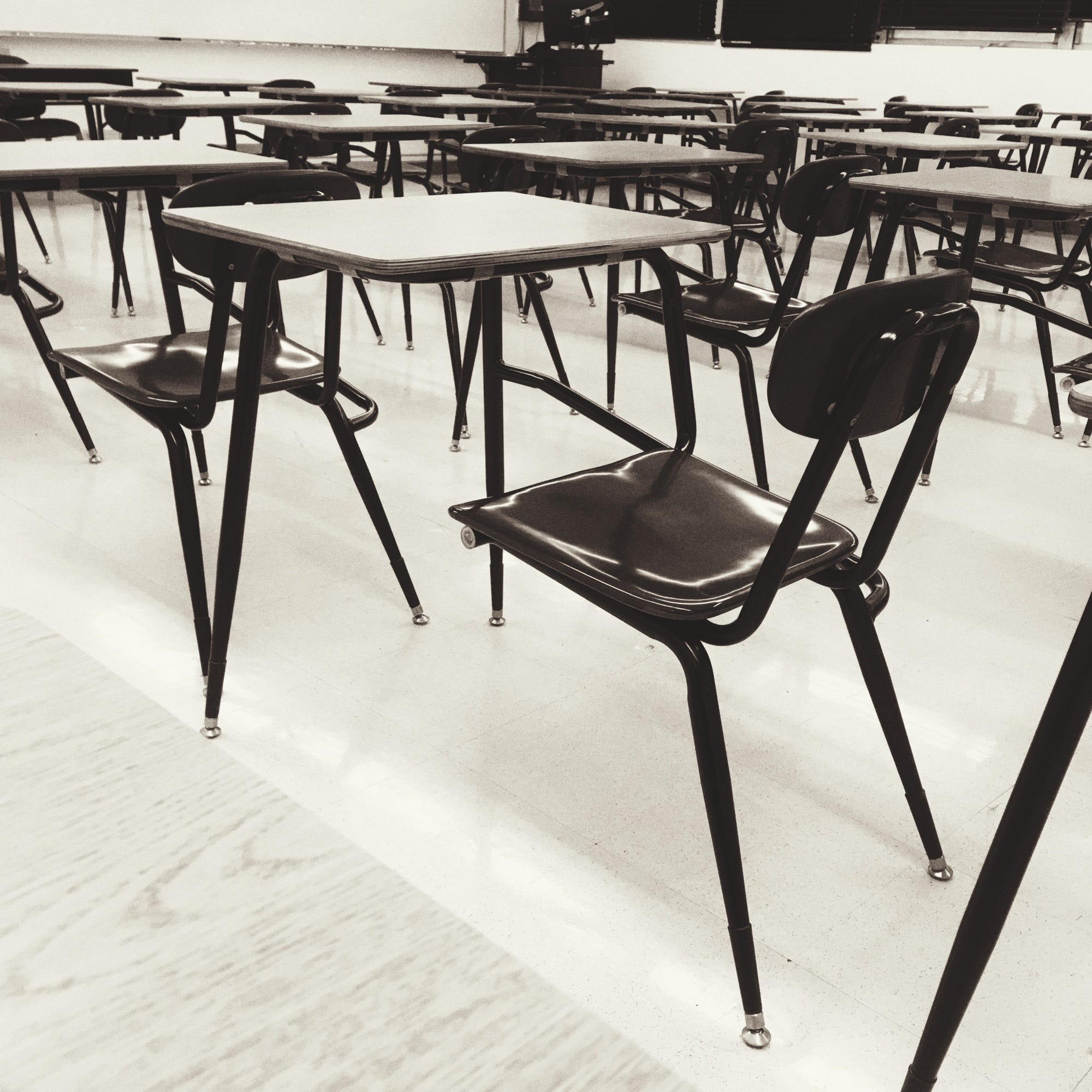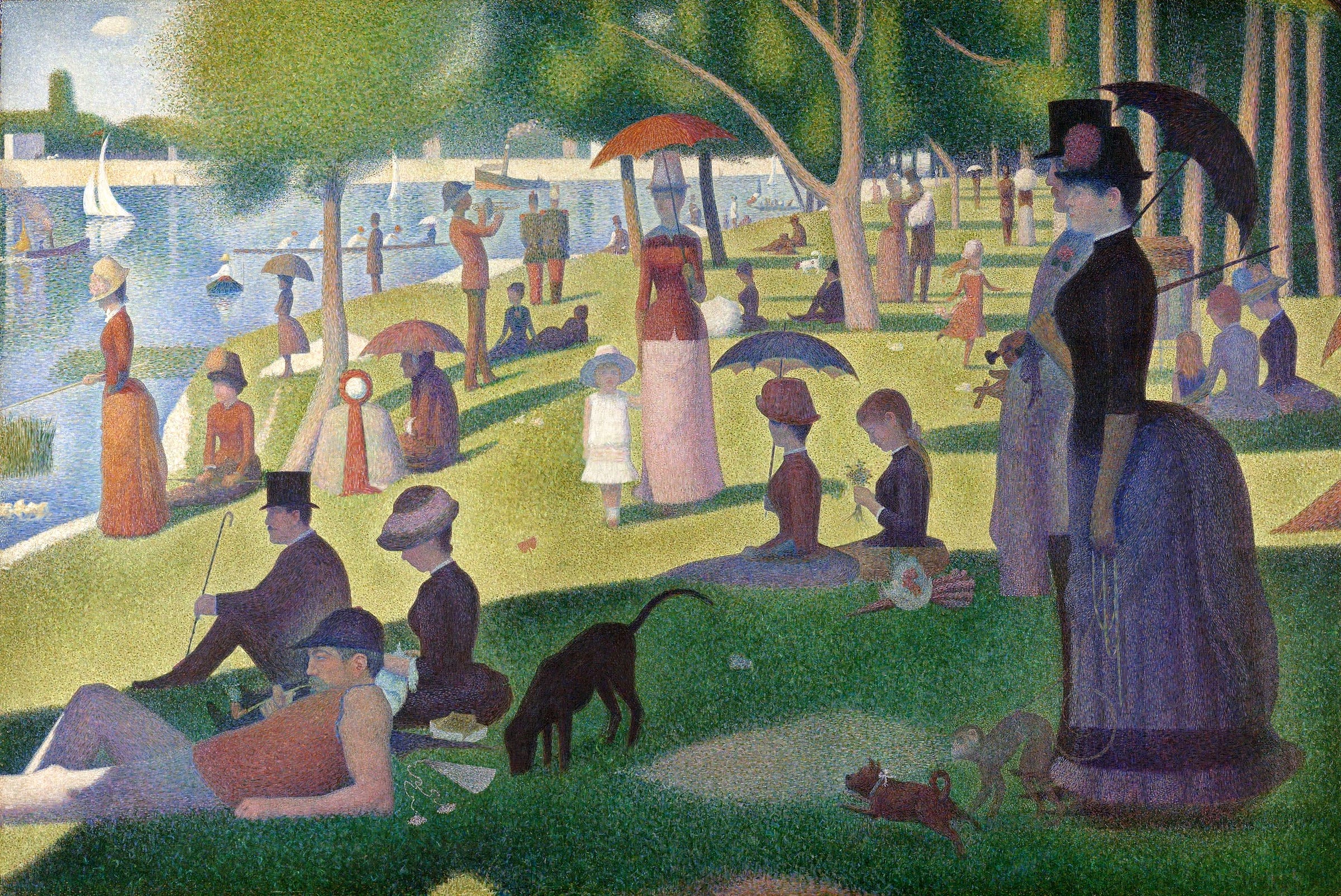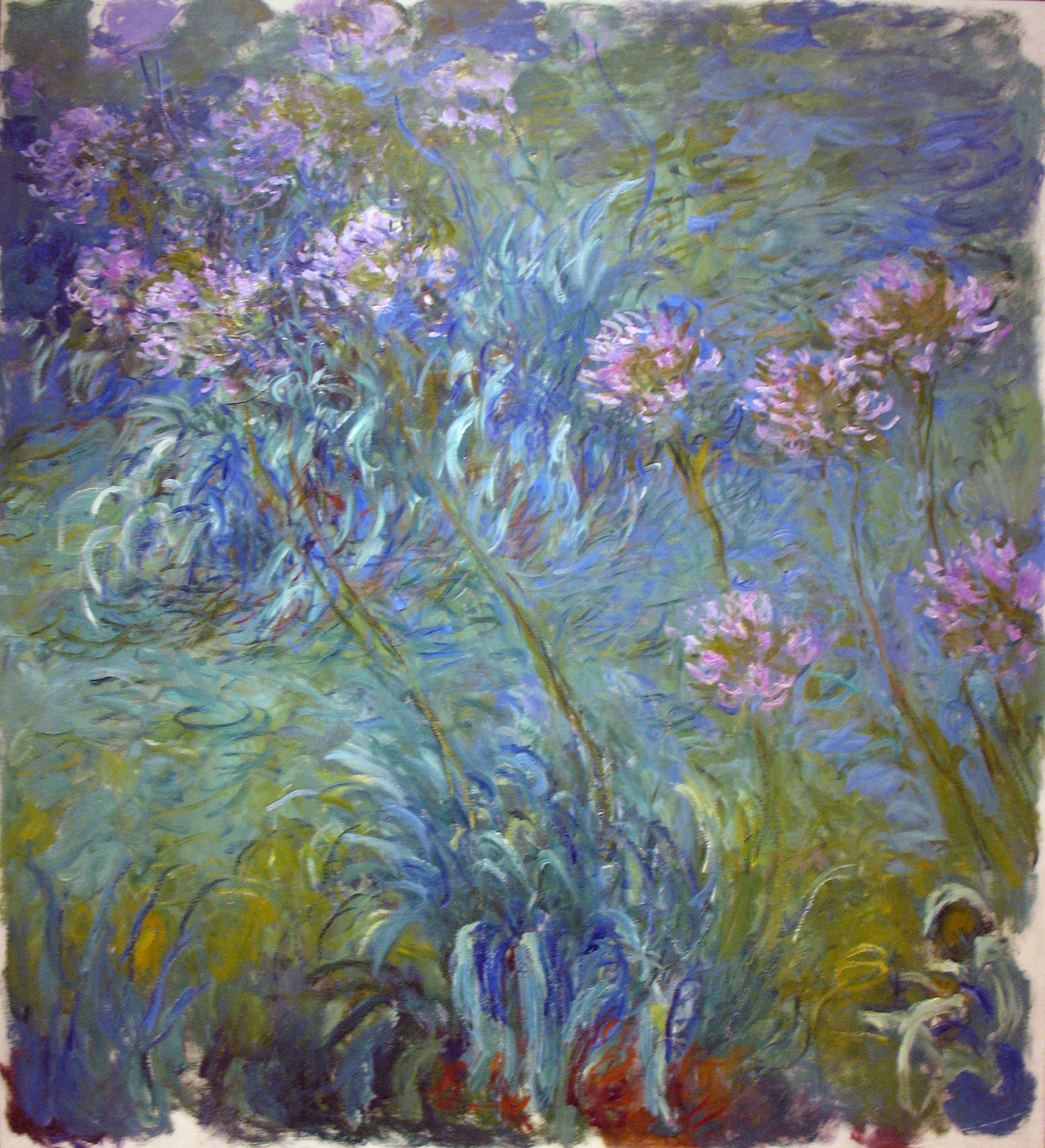Perspective & Fitting Gratitude In
Gratitude and perspective, the up-close and far-away of it
Today’s letter is a combo of perspective and gratitude. It isn’t really about art, even if it seems that way at first. You can skip to gratitude, if you wish.
“Show not what has been done, but what can be. How beautiful the world would be if there were a procedure for moving through labyrinths.” — Umberto Eco, The Name of the Rose
Happy Sunday!
Perspective. We sometimes think of it as angle. We come at something from one angle or another. We look from above or below. We follow lines to a horizon, to a vanishing point. If we get the lines correctly in place, the world looks as we expect, not askew, not off kilter, less wonky.
We have perspective, a vantage. We don’t always see things straight on.
It is perspective that allows someone to capture the fullness and roundness and depth of a form in the flat space of a page.
Perspective.
But one-point. Two-point. Three. Multi. Aerial and atmospheric. Isometric. Bird’s-eye. Curvilinear, fish-bowl, and five-point. Worm’s eye.
I have a mental block against understanding perspective in drawing. I draw fairly flat. I evidently see fairly flat.
I remember sitting at a classroom desk, a chair with an attached desk, in an empty college classroom and drawing one of the desks in front of me. Chairs remain both an obsession and a challenge. They are always at odds with their space, with the realities of dimension and perspective. This desk was a mass of lines, and maybe a missing leg or two, a design I couldn’t make sense of with my pen.
I drew the desk while waiting for my son, who was sitting in on a college math class on the day he interviewed for a scholarship at that school. We had driven up the morning before. We got routed some crazy way through back fields and across draw bridges (that we had to wait for). Already worried about his leaving, that backroad drive made it seem that he really was going to the ends of the Earth.1
We played disc golf on a rainy day, and the course was saturated and covered in goose poop. We ate pizza that night, I think. The next day, it poured. There was an interview and a sample class.
I sat in an empty classroom and drew a desk and then somehow managed to accidentally airdrop my wonky drawing to a student who had come into the empty room and sat ahead of me. I was drawing in my bullet journal/planner at the time, drawing portraits in red ink on one side of the weekly spread and daily notes or quotes on the other. I was just a few months out from when I would start what is now my more formal illustrated journal.
After the class, we left, left early, before the luncheon. We headed back because something was wrong at home. We had only been gone overnight, a full Sunday and then the Monday interview. Hospital? Risk of hospital? Everything had been okay when we left. I don’t remember now how serious the situation was, only that we cut even that one-day trip short. We were only a few hours from home, despite the drawbridges, but the tether was already short.2
I was reminded this week that perspective isn’t just about angle. It is also about distance.
Many of us fear that as we move farther away from something, we will lose clarity. We will forget. On the flip side, there are times when moving farther away brings clarity.
Perspective is about distance.
Perspective is about showing depth, but when we abstract that and put ourselves in motion, we see that our proximity changes our perception.
Perspective is about how close or how far we are to or from something, as well as our angle, our vantage, and our lens.
We know this with an impressionist painting. We know that when viewing a Monet, distance changes what we see. We know with a pointillist painting that the image will dissolve into dots as we move closer. A piece by Chuck Close may appear as a grid of hundreds of individual blocks of pattern or color when viewed up close. A piece by Anna Halm Schudel may reveal hundreds of individual images.
There are things to appreciate at all distances, and appreciating something in its fullness may require first looking from far away and then moving closer and closer and closer.
Or maybe it goes the other direction.
Maybe we are so close at first that we see only the smudges, the uneven lines, the rough strokes, the splinters on the wooden table that catch on our sock even though it seems smooth when we try to find the snag.
We are not really talking about art.
There is almost always something to be gained in granularity, in looking at the cracks and scars and creases, but there is often a sharpness, an awareness of the whole, from a distance, that seems to be lost as we get closer. The big-picture sharpness gives over to the individual strokes, individual moments, and individual details. (Sometimes the awareness of the whole is diffuse, distance blurring lines, details falling away, but contours of wholeness are often still clearer when viewed from afar.)
An awareness of both the holism of the distance and the singularity of the closeness gives us the roundness and the fullness. Our ability to shift our perspective, look near and far, move closer and farther away, brings understanding and knowledge.
Do you only see the trees but not the forest?
Do you only see the forest without any awareness of the trees?
Things will look different the closer or farther we get. So too with our happiness, our journeys, our victories, and our losses.
I think considering gratitude is often a process of getting closer and closer, of drilling down to individual things, simple things, and looking beyond the sweeping statements from afar.
There are so many ways to cultivate a gratitude practice. One of my favorite stories I discovered when first exploring gratitude was of two women who, each day wrote a short gratitude list on a scrap of paper and then shared it with the other. Today, it might be a text. What I remember is the trust and the accountability.
“During the eleven years I practiced intentional gratitude, I was never sure if my ongoing morning ritual ‘armed’ me for the day or ‘opened’ me to it, but I do know that it made a difference: I carried less resentment, less anger, even less fear. As e. e. cummings wrote, I found that ‘the eyes of my eyes were opened’ once I began to scavenge the days for gratefulness, for what was good.’” — Mary Lee Wile
At its simplest, I think of gratitude in terms of lists and slips of paper. I think of writing gratitude on tiny slips, colorful or not, and dropping them into a large glass jar. Fairy lights coiling around the empty space as the jar fills would be a nice addition. I think of a jar that accumulates gratitudes over the days and weeks and months and years. I think of the sheer weight of the gratitude in that jar, a weight that might, in fact, be weightless, buoyant.
We tried this as an exercise one Thanksgiving. No one was ever totally willing to play along, but I tried. I had everyone write gratitudes on slips of paper and put them into a bowl, with the idea that we would read them after dinner. I wish that was a practice we had continued, at least for holiday meals.
I hope you started a gratitude practice for November. You will find a bit of a gratitude nudge below.
Thank you for reading.
Amy
🎯 The Sunday post is free to all readers. Thank you to readers who have upgraded their subscriptions or made a donation. I believe in the value of our creative habits and routines. The quotidian is ours to explore.
If you received a “free month gift” from Substack, know that it really is a gift from Substack (and they are paying writers for the month). At the end of the month, you return to a free subscriber.
For the best viewing experience, use the app or view in a browser.
When to Think About Gratitude
In the dark of morning when you walk down the hall, the only light the flashes of electronic devices that shine blue or green in the passing of doorways… When you stand and make coffee in the dark, notice the crescent of the moon hanging out the window, seemingly upside down, the curved arc of a boat you could sit in… When you sit, everything tucked, in the chill of the room, knowing you have a few minutes, an hour, and you listen to the quiet… Right then. What comes to mind? What are you grateful for? Write it down. Say it out loud. Make a note on a scrap of paper.
In the light of morning, the in-between that hovers between the too-early and the all-systems-go of the day, the moments just before you hang up your shingle saying you are “there,” “in,” “on the clock,” “available”… What comes to mind? What are you grateful for? Write it down. Tuck it into your planner, onto your to-do list, into a row on your dashboard.
At ten or twelve or two, when you are working or going about your day, busy and focused and trying to get things done, even if you wish you were doing something else… Right then. What comes to mind? What are you grateful for? Write it down. Pull the small notebook you keep in your pocket out and add your gratitude to a running list.
At four or five or six, as the bulk of the day settles behind… As you close your computer, log out, make a final cup of coffee, another day of responsibility done… Right then. What comes to mind? What are you grateful for? Write it down.
Later, at nine or ten or eleven, just before you begin to wind down and transition into the night, closing the doors for the day, checking the locks, padding once again down the hall, whether you will drift off or suddenly be awake, unable to close things down in your head. Just before all of that, when you reflect on the day, on the passage of another day, what comes to mind? What are you grateful for? Write it down.
These are just a few pockets of day (and night) into and from which your gratitude may rise.
Does this mean you need to use them all? Of course not. Gratitude is not a race. It is not a competition. It doesn’t have a quota or a minimum threshold for what counts. There is no bar to entry and nothing to prove.
A gratitude habit is a practice that doesn’t demand anything of you. It sits to the side, waiting, ready, but it is active only when you turn, with intention, and look at it. Finding a pocket of time in the day into which you will invite gratitude awareness, when repeated over a set of days, can be transformative.
Thinking about the pockets of time, maybe one jumps out at you as a time that might be one into which you invite reflection. But you may find that your gratitude surprises you most when you ask yourself at different times of the day, “Right now, what am I grateful for?”
If you work best with structure, set an alarm or reminder at a certain time each day so that when the alert happens, you stop right then, reflect, and record a gratitude. (You may find that you are more receptive to gratitude thinking at one end of the day or the other. It is good to find your personal rhythm.)
It can be that easy.
It takes seconds.
“I don’t have time.” This is really an empty excuse.
“Everything is bad.” This might be something you especially need to add perspective.
“Everything is good. I don’t need to think about gratitude.” Be careful about taking things for granted. When everything is good, a gratitude habit is at its most accessible.
“Gratitude is silly.” Are you sure? Give it a try.
Because you will have questions…
Can you record more than one? Of course.
Do you have to write them down? No, but the accumulation of a list that you can read later can be powerful. The act of writing, making a list, or otherwise recording helps solidify and give form to your gratitude. You may find it more meaningful and mindful to make that tactile connection.
Do you have to have something different each time? No. Sometimes we are simply grateful for the same thing. Sometimes the same thing is the only thing we can think of, and that’s okay.
Does it have to be poetic? No. Your gratitude doesn’t need to be big or flowery or written in iambs.
Does it have to be public? No. Your gratitude is for you, a lens on your life and the world around you that only you have. It is yours to hold and keep, to share only as you wish
What if I forget a day? Try again tomorrow.
What if I am sad or sick or grieving? These states of being are not mutually exclusive with gratitude. You may, in fact, be too overwhelmed to think about gratitude, in which case, try tomorrow. But you may find that even while sad or sick or grieving, there is something concrete, something tangible for which you are grateful. The cup, the blanket, the pillow, a soft flannel shirt, a keyboard, a pen, the light through the leaves of the plants in the window…
What if it makes me feel silly? It’s okay to acknowledge that. But do it anyway. You might find insight, too, in examining your response. Why does it make you feel silly?
What if it makes me sad? It might. Gratitude often makes me incredibly sad. In November 2017, I recorded 30 days of podcasts, tracking my own response to gratitude (as an idea and a practice) each day. It was an emotional month. A gratitude habit may make you really stop and think about who you are, where you’ve been, and what you value.
There can be balance, peace, and understanding in this process.

Filling Jars
A few months ago, after writing about folding, I ran across a post that featured a jar full of colorful tiny paper hearts, folded in beautiful pastel, almost translucent colors. The post was someone saying they had just filled the jar with origami puff hearts to give away to someone.
Later, I wasn’t able to find that specific post. I tried because I remembered thinking they were giving away hearts to be expanded rather than already puffed. I never found the post again, so I don’t know now if the jar given was full of puffed hearts or full of hearts that could be brought out and inflated with a breath of air at any time, but I found lots of tutorials for making these hearts and several different approaches.
I made a few to see how they worked. I can’t imagine making hundreds, but I was enchanted by the image of the jar full of them and of the giving of that jar.
I think we all need to be filing jars.
Imagine taking your daily slip of gratitude and turning it into a puff heart and filling a jar, individual gratitudes concealed by folding, the jar a visual reminder that you, at some time, wrote all of those things down. At some time, you noticed all of those things, recognized your gratitude, and acknowledged the goodness in your life.
The only way to end up with a filled jar is to start putting things into it, one by one. You don’t have to “fill a jar.” You just need to write one gratitude.
And remember, perspective matters.
If you are too close to everything, so close that you can’t see the picture anymore, then take a step back. Look around from your new vantage and see if that helps the strands of gratitude rise to the surface, flickers of fireflies at dusk. If things are still too much, take another step back. You can move in either direction. We are not stuck, mentally, in one single vantage, unable to shift or turn or move.
Don’t be afraid to move closer or farther away. How often do you zoom in and out on a web page or an image on your phone? Is life all that different?
“I spent uncounted hours sitting at the bow looking at the water and the sky, studying each wave, different from the last, seeing how it caught the light, the air, the wind; watching patterns, the sweep of it all, and letting it take me. The sea.” — Gary Paulsen, Caught by the Sea
Weekly Bits and Pieces
Made It?
Thank you for reading along! I always enjoy your comments and invite you to chime in. Let me know what stands out for you, what you think after reading, or where we connect.
Thank you to those who have continued to read and comment and engage here at Illustrated Life. I know it’s been a long summer (or a short one, depending on your perspective). I appreciate those of you who read last week’s separate post. Thank you also to those who sent me postcards as part of the first month of the postcard series. It was a delight to receive your mail.
Stars if you are trying to cultivate (or rekindle) a gratitude habit this month.
Early or late, a reflection of your favorite of the ends of the day.
Current color of ink in your most-used pen, other than black, if (like me) you draw in black but also use other colors.
If you missed it, the second postcard prompt is in this post.
Thank you for reading Illustrated Life. Writers need readers, and I am grateful for every reader!
Paid options are available for those who can and want to support Illustrated Life, the podcast, and the weekly #illustrateyourweek prompt series. Subscriptions not your thing? One-time donations or surprises are always appreciated.
Unless otherwise noted, all images in this post are ©️ A. Cowen. All rights reserved.
The Devil’s Slide photo was from the day of the foiled lighthouse trip.
Links to books are Amazon affiliate links. Always check your library.
Future trips were all on the highway. I don’t know why the route was so roundabout that day. I must have toggled an option in the maps app and didn’t realize it.
I went looking first for the desk drawing, but it made me curious. A search in my texts pulled up the thread and the full story… sudden sickness, a 911 call, and hospitalization. How could I have blanked on so many of those details? None of this was part of this post, not even the desk, but I remember the desk drawing being particularly challenged. What I am finding these days is that in the branching of words, everything winds in and around some of this history. Everything is threaded. Resurfacing details and writing things down again and in new contexts when they appear is my only chance at reassembling that which has been fractured or lost.









"Perspective is about how close or how far we are to or from something, as well as our angle, our vantage, and our lens." This is right on, Amy. Your post reminded me of reading this bit in Jurassic Park in 1990: the smallest shape of something (ex: maple leaf) is a miniature of that something's shape in its biggest form (a maple tree). I translate that as everything matters, big and small, and my perspective and gratitude source are related to my faith. What I like about your post is the reminder that perspective of reality or perceived reality, is bound by a multitude of things. Staying aware of the thought/perspective of "why can't you be/think/live/act like me?" is something that matters a great deal. Thanks for this Sunday morning read.
I really love this post 😍😍😍
This noticing gratitude practice really reminds me of the poem Joy Chose You by Donna Ashworth ❤️❤️❤️ https://janicefalls.wordpress.com/2024/04/10/joy-chose-you-by-donna-ashworth/
For a while now, I have a daily scheduled noontime alarm to remind me to be grateful, life is magical, and to open my eyes and see it .